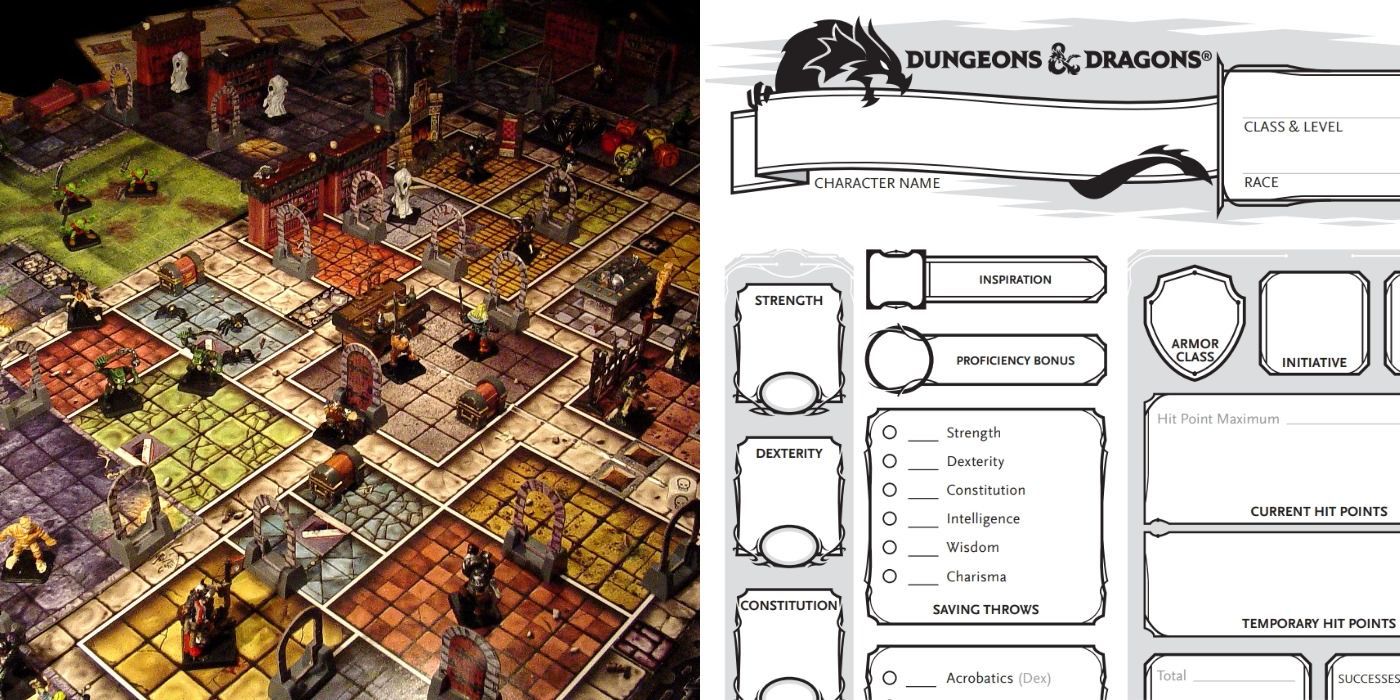

This ability will gradually improve, allowing the bard to use this feature more often and changing the die from a d6 to a higher die.
Dungeon and dragons character classes how to#
The ability unique to this class is bardic inspiration, which enables the player to gift an inspiration die to another, which they can then roll before adding the total to any attack, saving throw or ability check they attempt in the future - you can work these numbers out using our guide on how to play Dungeons & Dragons 5E. It’s just that their arsenal is often built around either supporting their partymates or messing with their enemies. However, this doesn’t mean they can’t do anything mildly offensive - after all, they can take a spell that literally harms enemies by mocking them. The bard is the ultimate utilitarian class, possessing feats, skills and spells that are almost entirely useless during combat (such as Knock, which is a spell that automatically unlocks any door). Whilst many Dungeons & Dragons classes have a mixture of both practical and combat-focused skills, some do fall almost completely into one or the other. BardĮver wanted to unleash your inner Rod Stewart? (Clearly the rock star for the discerning audience.) The bard is the class for anyone that ever dreamed of getting a crowd to their feet with charming words and, of course, a voice worthy of making angels weep.

So, if you imagine your character wading through hordes of squatters, swinging some monstrous weapon, then the barbarian is a damn good fit for that. Thanks to the pure chunkiness of the barbarian (barbarians use a d12 when rolling their hit dice) and their damage resistances, they’re probably one of the most durable classes to play as well. Rage wears off if a barbarian has not attacked or taken damage during the course of their turn which, in combat terms, means that barbarians are at their best when they’re constantly exchanging damage. They’re a class that’s built to cut down hordes of smaller enemies, dealing huge amounts of damage with each hit and shaking off any melee damage dealt to them.īarbarians are pretty much defined by their unique rage ability, which enables them to apply advantage rolls and damage bonuses to melee attacks, as well as benefit from having resistance to bludgeoning, piercing and slashing damage. Barbarians are essentially the hippos of the D&D world: bloody enormous and incredibly aggressive. It’s not hard to picture what a Dungeons & Dragons barbarian might look like loincloth, muscles, furry halter-top, double-bladed axe, that sort of thing. Otherwise, we’re going to go through a brief summary of each D&D 5E class, just to give you an idea of which of our guides you should hop onto next (because they’re going to be the most useful class guides possible, I guarantee it). If you already have an idea of the basic elements of your character, such as their primary abilities, the weapons and armour they like to use, what spells they might use, and more (if you don’t then we recommend you read our guide to how to make Dungeons & Dragons 5E characters), then having a gander at the table on page 45 of the Player's Handbook could see you steering towards a certain class. Deciding which of these your character is going to choose may seem overwhelming at first but the main thing you need to know is what D&D classes cater to which play styles. Sorcerers need origins, druids need circles, clerics need deities - not to mention how to choose the right character race in Dungeons & Dragons to combine it with. The simultaneous beauty and terror of Dungeons & Dragons 5E classes comes from the variety of options you face during character creation.


 0 kommentar(er)
0 kommentar(er)
